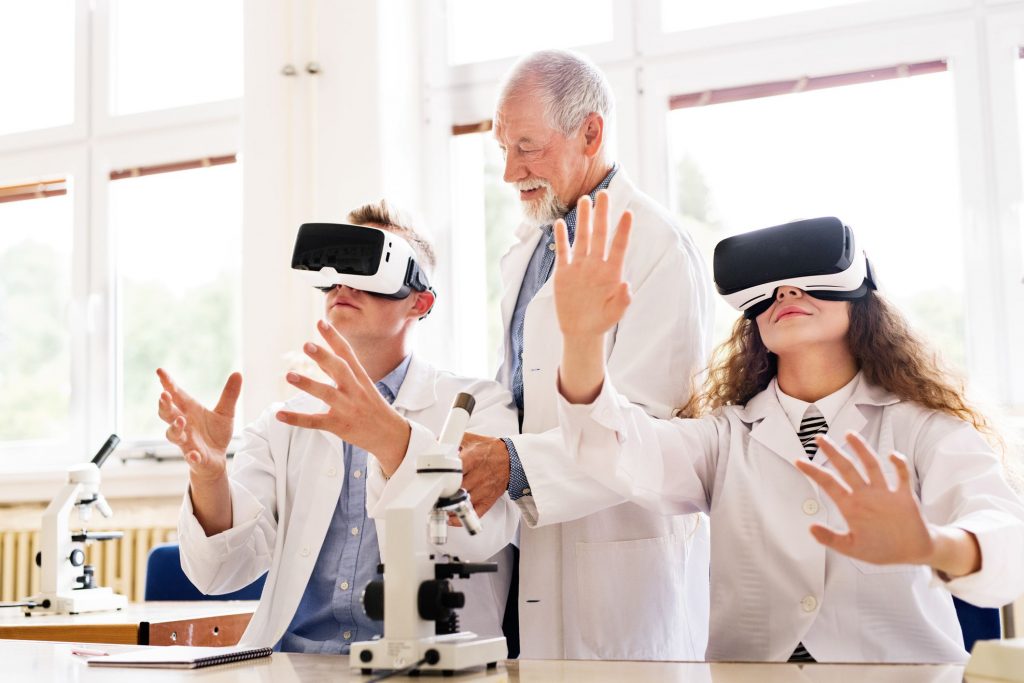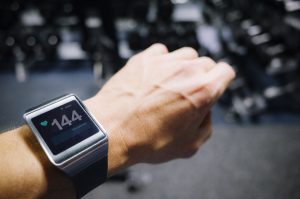Innovations in modern healthcare come along so quickly, it seems there’s barely enough time to learn the terminology surrounding a new trend or technology before another comes along to steal its thunder.
So, when the discussion of healthcare’s future turns to exciting concepts such as artificial intelligence, machine learning, and augmented and virtual reality, it’s easy to think of something like health informatics as a little staid.
In truth, though, none of these futuristic-sounding concepts would be possible without health informatics.
Health informatics, the acquisition, storage, retrieval and use of healthcare information to foster better collaboration among healthcare providers that ultimately leads to improved patient outcomes, is the foundation upon which all data-intensive healthcare concepts build.
Even as computers are doing more of the thinking, as in machine learning, they still rely on the data compiled and analyzed by health informaticists and health data analysts.
Here’s a breakdown of each of these high-profile concepts and the role health informatics and analytics plays in making them happen.
Artificial Intelligence
Different formats have different data needs. New York City-based Prognos is developing predictive models using enormous datasets to determine the likelihood of patients experiencing specific health events.
“We are looking at real clinical data that doesn’t tell you whether the patient has diabetes or not, but whether a person is in control or not in control,” Prognos’ co-founder Dr. Jason Bhan said in an interview with Healthcare Informatics. “And looking at those patterns, what’s the next steps for that person?”
Artificial intelligence in healthcare, then, relies not only on informaticists to gather the data it needs, but also on analysts who can help sort through the massive amounts of data to isolate the information that serves AI’s needs.
But it’s not just diagnosis, patient matching and physician assistance are other areas where AI is going to have a big impact in the near future. It’s also becoming an integral part of the healthcare consumer experience according to a recent report from Accenture that surveyed the responses of C-Suite executives from more than 100 different healthcare organizations. Among them 84% say that AI will revolutionize how they interact with and get information from consumers, while 72% are already using virtual assistants to improve those interactions.
Machine Learning
A definition of machine learning on the website of analytics organization SAS calls it “a branch of artificial intelligence based on the idea that systems can learn from data, identify patterns and make decisions with minimal human intervention.”
Even as systems become more capable of performing their data analysis minus the guidance of humans, they still rely on data that’s been gathered, scrubbed and categorized in systems created and set up by humans.
That data has the potential to be used by machine learning for great things, according to Mike Flannagan, senior vice president of enterprise application software specialists SAP.
“Imagine if you could take results of all of the tests … and the results of the treatment that was done, and aggregate and anonymize all of that data, and apply machine learning to learn from that which treatments were the most effective,” Flannagan said, speaking of potential scenarios in cancer treatment.
“Not only could you reduce the amount of the chemotherapy that was required for a patient, but you could also reduce the amount of patients who received an unnecessary dose — or who received a type of chemotherapy that didn’t work,” Flannagan said.
Machine learning capabilities reach into other parts of healthcare as well. For example, machine learning can also be used by payers to “verify claims data, denied claims and erroneous payments to providers,” according to a post from Infermedica. It can also analyze those thousands of claims to help monitor for fraudulent activity or abuse cases.
Augmented Reality and Virtual Reality
When virtual reality was introduced to the public in the 1990s, it seemed like a novelty for consumers with plenty of money and spare time.
Today, virtual reality and its less immersive cousin, augmented reality, are key players in healthcare’s future.
Augmented reality glasses make it possible for a legally blind 9-year-old boy to see the blackboard and his classmates’ faces so he can more fully participate in his education.
Seniors with cognitive impairment and dementia can now use virtual reality to create immersive experiences that unlock memories and stimulate emotions and interaction. On the flip side so to speak, VR can be used to educate medical students about the aging process. A VR platform from Embodied Labs provides realistic perspectives through immersive experience.
One simulation, titled “We are Alfred” puts the user in the experience of being Alfred, a 74-year old African American male suffering from macular degeneration and hearing loss. Users experience Alfred’s doctor’s office visits and the strain his diagnosis can put on family relationships.
Virtual reality also is being used to treat opiate addicts. By exposing a patient to a series of triggers or stressors that typically lead to drug use for them, VR technology allows clinicians to see how subjects react when faced with trauma or fear, thus helping them train the patient to learn coping strategies to prevent relapse. All of this happens in a safe environment where behavioral data can be logged along with data related to treatment efficacy.
This technology can also be applied to smokers and those suffering from post-traumatic stress disorder. It can aid hospitals in providing situational training for their staff to better prepare nurses for what they should expect and even doctors as they get ready for a complex surgery.
Dr. Vikram Venkateswaran, editor of Healthcare India, credits part of the AR/VR growth to greater computing power and better-written algorithms. But the main reason is data, what Venkateswaran calls an “explosion of digital data.”
“By 2020,” he writes “it is believed that we would have created 40,000 exabyte of data.” An exabyte is one quintillion bytes.
At the bottom of all these innovations is data. However far digital healthcare’s future goes, it will be fueled by the work of informaticists and data analysts who find and refine raw information that data.




